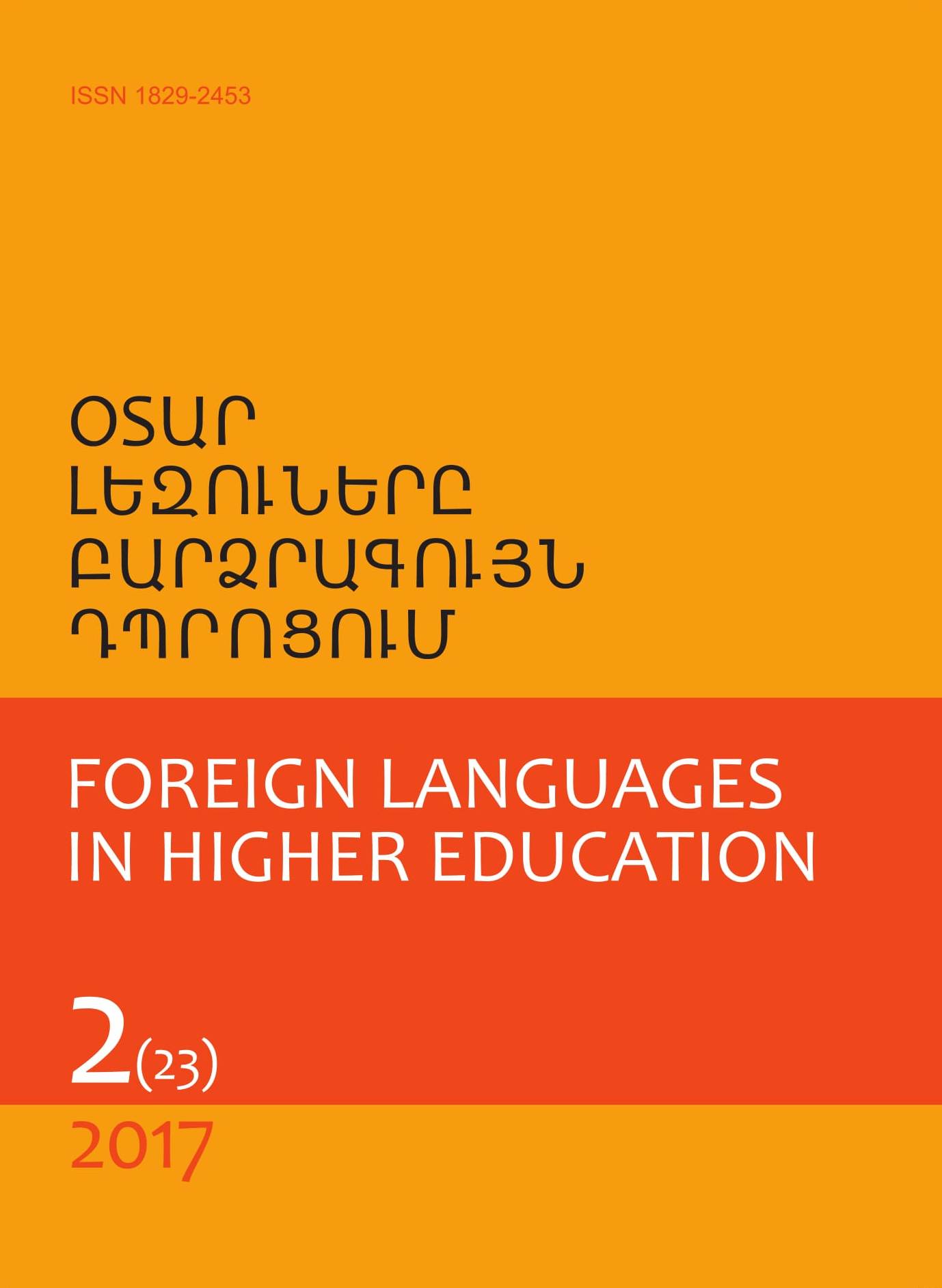ON SOME TRANSLATION TECHNIQUES OF PROVERBS AND SAYINGS (ON THE EXAMPLE OF THE ARMENIAN TRANSLATIONS OF “DON QUIXOTE” BY CERVANTES)
DOI:
https://doi.org/10.46991/FLHE/2017.21.2.080Keywords:
proverbs and sayings, translation techniques, translation equivalence, calque, occasional calque, individual authoring expression, stylistic equivalence, linguistic norm, proverbial analogueAbstract
Many nations share similar proverbs, however, all of them are anchored in a specific culture. Similarly, the legacy of Spanish proverbs is inherent only to Spanish people. From this perspective Cervantes’ works, especially “Don Quixote”, stand out with their richness of proverbs and sayings. The present paper focuses on six techniques of translating proverbs and sayings, each of which uniquely helps the author preserve the form and idea of the original text. The analysis of “Don Quixote’s” Armenian translations indicate that the Armenian translators used mainly either usual or occasional calque. In case of general proverbs and sayings the translators succeeded only in partial preservation of the proverbial equivalence, however, in case of Spanish national proverbs the translators mainly failed to highlight and transfer the characteristics of national identity.
Downloads
Published
Issue
Section
License
Copyright (c) 2017 Ասյա ԽԱՉԱՏՐՅԱՆ

This work is licensed under a Creative Commons Attribution-NonCommercial 4.0 International License.




